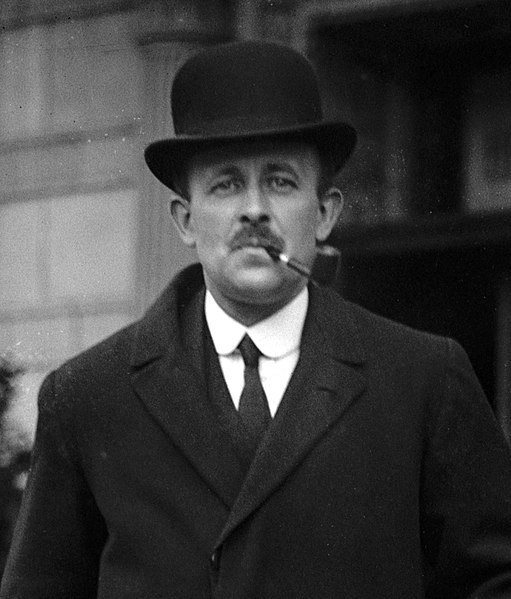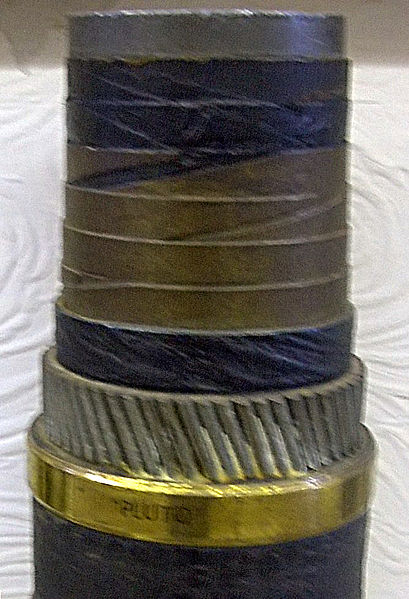Petroleum Warfare Department
The Petroleum Warfare Department (PWD) was a government department established in Britain in 1940 in response to the invasion crisis during World War II, when Germany apparently would invade the country. The department was initially tasked with developing the uses of petroleum as a weapon of war, and it oversaw the introduction of a wide range of flame warfare weapons. Later in the war, the department was instrumental in the creation of the Fog Investigation and Dispersal Operation that cleared runways of fog allowing the landing of aircraft returning from bombing raids over Germany in poor visibility, and Operation Pluto, which installed prefabricated fuel pipelines between England and France soon after the Allied invasion of Normandy in June 1944.
Maurice Hankey, 1921
An extant static flame trap tank, near Gifford, East Lothian, Scotland
A demonstration of "fougasse", somewhere in Britain: A car is surrounded in flames and a huge cloud of smoke, circa 1940.
RFA War Nawab, one of the ships involved in Operation Lucid
Operation Pluto was an operation by British engineers, oil companies and the British Armed Forces to build submarine oil pipelines under the English Channel to support Operation Overlord, the Allied invasion of Normandy during the Second World War.
The pumping station at Sandown, originally disguised as Brown's Ice Cream
A Conundrum is towed across the English Channel laying out pipe to Cherbourg
Captain J. F. Hutchings, commander of Operation Pluto
A section of Hais pipe with the layers successively stripped away








